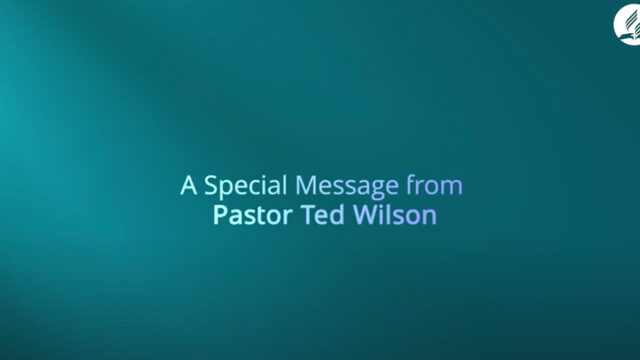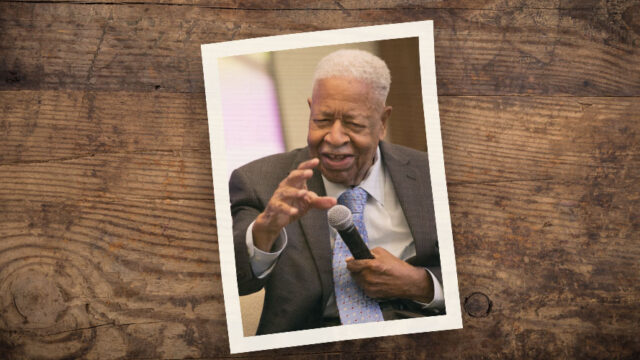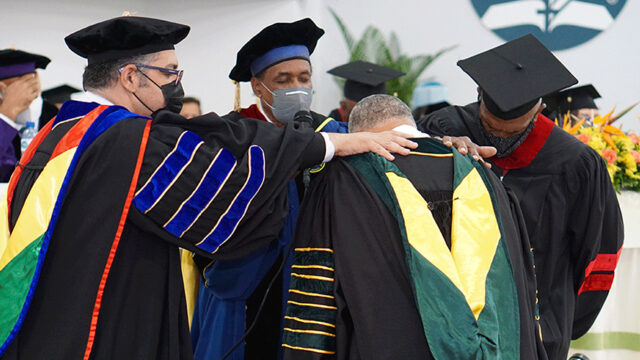Developments in Alberta, Canada, underscore decades of serving the Native population.
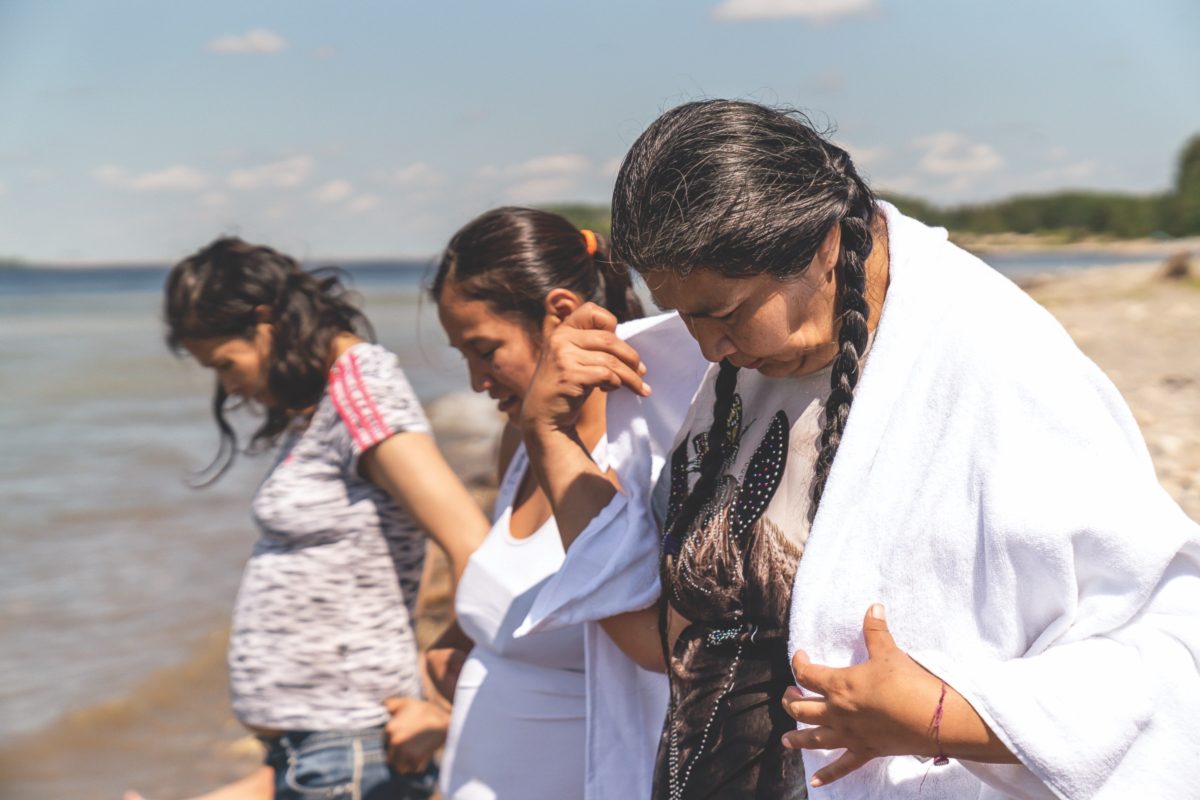
The 2022 Alberta Camp Meeting in Alberta, Canada, was, in part, a Maskwacis celebration. Forty years ago, the Alberta Conference of the Seventh-day Adventist Church began building trust with the residents of Maskwacis, a highly influential Indigenous reserve in Canada. And now, Adventists are being welcomed as trusted friends to build on a site near the Samson Cree Nation administration building.
The campaign to build on the influential reserve was launched during Sabbath School at this year’s camp meeting with the help of guest speaker Randy Ermineskin, the reserve chief. The following Saturday (Sabbath), three members of the Maskwacis community were baptized.
The opportunity to build in the heart of Samson Cree Nation territory is remarkable because support comes from all levels of the Maskwacis community, and Indigenous leaders are engaged in the process.
The Maskwacis congregation is severely limited by having no building of its own on the reserve. Automobiles are relatively scarce, and the almost 20 miles (30 kilometers) of travel to Mamawi Atosketan Native School (MANS) for church services affects access to Sabbath worship services significantly, and there is no building in which to base community services. An easy-access, multi-use worship facility on the reserve will help turn decades of positive relationships into a thriving Indigenous congregation and make it possible for Indigenous members to serve within their community.
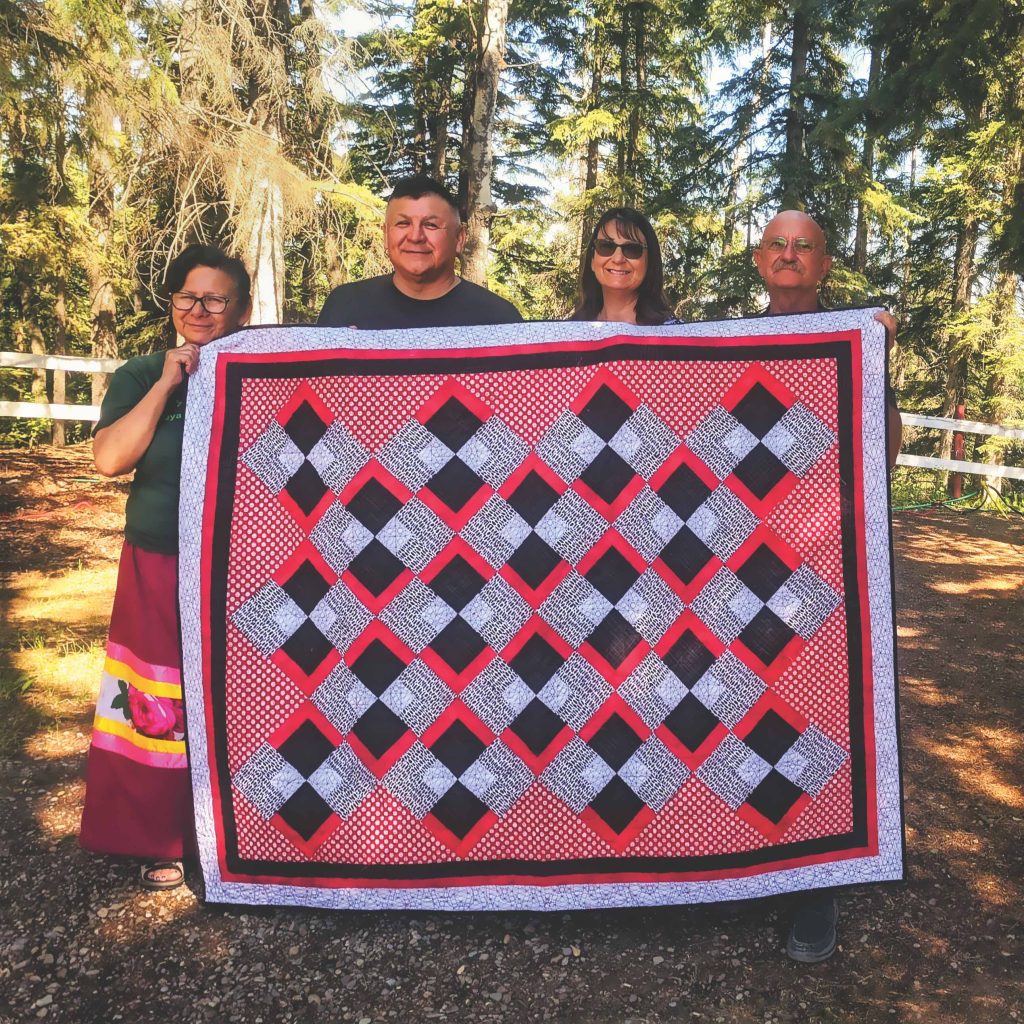
The Center of Influence model initiated by the General Conference of the Adventist Church is the most effective way to minister to the Maskwacis community. Through this model, the Adventist Church and the church-owned Burman University serve as a training ground for workers and lay members who wish to connect with Indigenous communities.
Maskwacis is vital to Indigenous Ministries in Canada and in the United States for several reasons. First, the Maskwacis community is of great prominence in the Indigenous world. Pope Francis’ choice of Maskwacis as the site of his long-waited apology to all Indigenous Peoples on July 25, 2022, underscores the leadership and initiative of Maskwacis on the national and international levels. In 1998, Chief Randy Ermineskin was one of the Maskwacis representatives who addressed the United Nations, initiating the United Nations Declaration on the Rights of Indigenous Peoples (UNDRIP). A few years later, Maskwacis resident Wilton Littlechild was selected as one of three commissioners who headed Canada’s national Truth and Reconciliation Commission; and the Cree of Maskwacis were the first Indigenous group to win legal control of their finances in Canada.
Maskwacis has also been the foremost training ground for Adventist pastors with a heart for Indigenous Peoples.The free movement of Indigenous people across borders will speed the reputation of Adventists and of methods developed across borders and in multiple communities.
Finally, building an Adventist outreach center on the reserve to solidify long-term relationships creates a unique opportunity for church workers and interested lay people to participate in hands-on reconciliation activities and Indigenous church development.By providing a home base for Indigenous innovation in this leading community, strategies originated in an Indigenous community by Indigenous Adventists will yield approaches potentially useful to Indigenous Peoples elsewhere.
Donors from Alberta and across Canada met a matching challenge to raise CA$420,000 (about US$315,000) by the end of camp meeting — a blessing for all in this uniquely influential community.
The original version of this story appeared in the October issue of Canadian Adventist Messenger.




